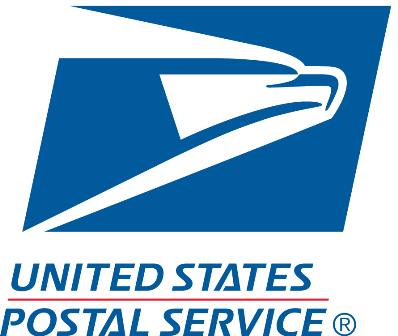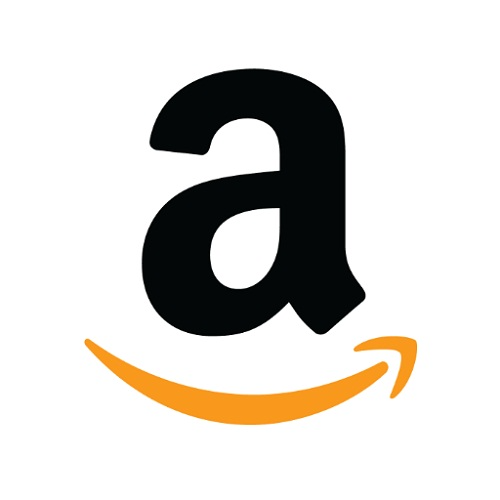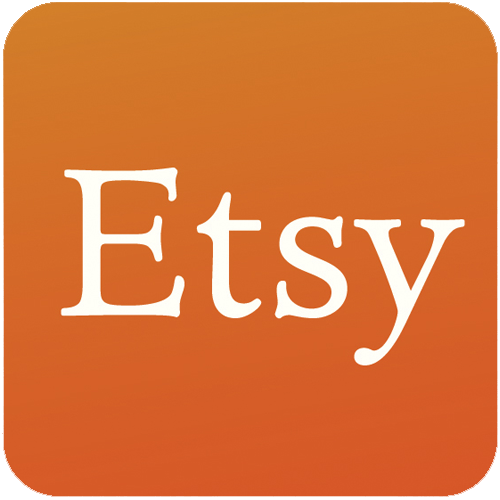This Founder Created A Toy That Has Helped Save Hundreds Of Elephants
I am Kristina McKean, a seasoned entrepreneur, product design specialist, and founder of The Elephant Project — a philanthropic toy company that has helped save hundreds of elephants worldwide by donating 100% of its net proceeds to global rescue efforts. I launched the company back in 2017 with the heartfelt mission to increase education about the ethical and physical complexities surrounding elephant tourism and help make a direct impact on the lives and habitat conditions of hundreds of captive elephants.
We craft hand-designed stuffed animals inspired by real-world elephants to offer as cuddly gifts to children with accompanying educational materials. Most importantly, we donate 100% of our net proceeds from any purchase to trusted organizations that help fight the poaching crisis and provide care to injured, abandoned, orphaned, and abused elephants (including The Sheldrick Wildlife Trust, Elephant Nature Park, The Elephant
Cooperation, Trunks Up Foundation, and Wildlife SOS) — thereby assuring our customers that their purchase is helping make a significant contribution and direct impact on the lives of elephants at home and abroad.

Download the report and join our email newsletter packed with business ideas and money-making opportunities, backed by real-life case studies.

Download the report and join our email newsletter packed with business ideas and money-making opportunities, backed by real-life case studies.

Download the report and join our email newsletter packed with business ideas and money-making opportunities, backed by real-life case studies.

Download the report and join our email newsletter packed with business ideas and money-making opportunities, backed by real-life case studies.

Download the report and join our email newsletter packed with business ideas and money-making opportunities, backed by real-life case studies.

Download the report and join our email newsletter packed with business ideas and money-making opportunities, backed by real-life case studies.

Download the report and join our email newsletter packed with business ideas and money-making opportunities, backed by real-life case studies.

Download the report and join our email newsletter packed with business ideas and money-making opportunities, backed by real-life case studies.
































